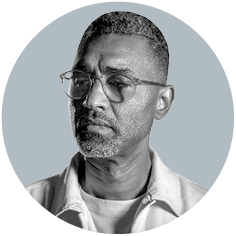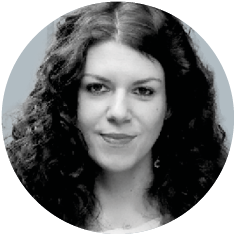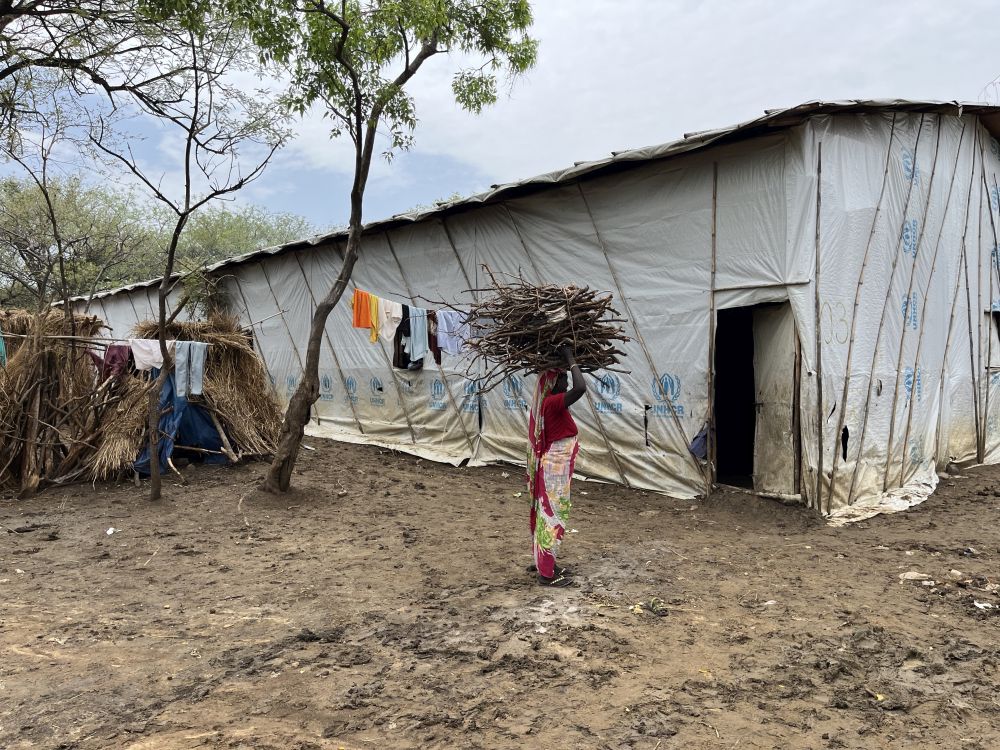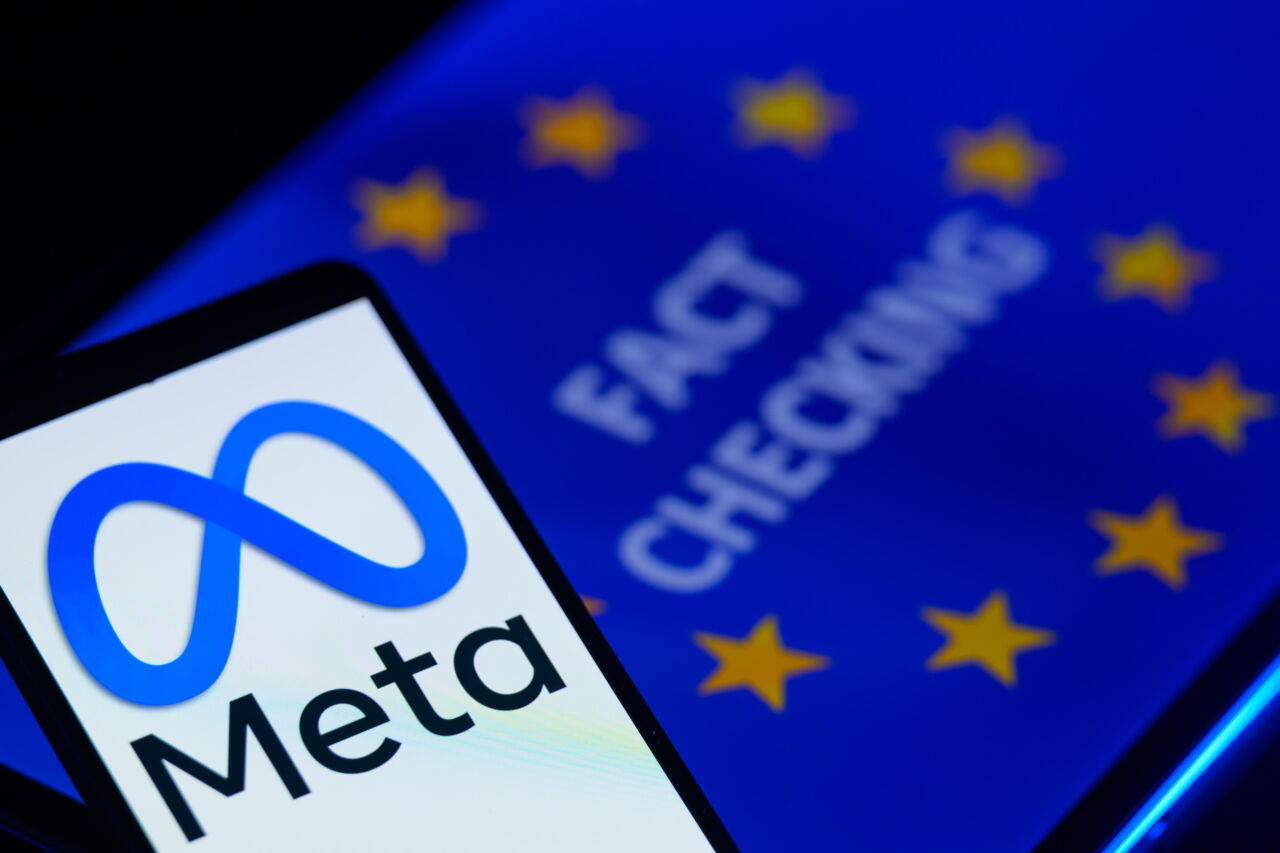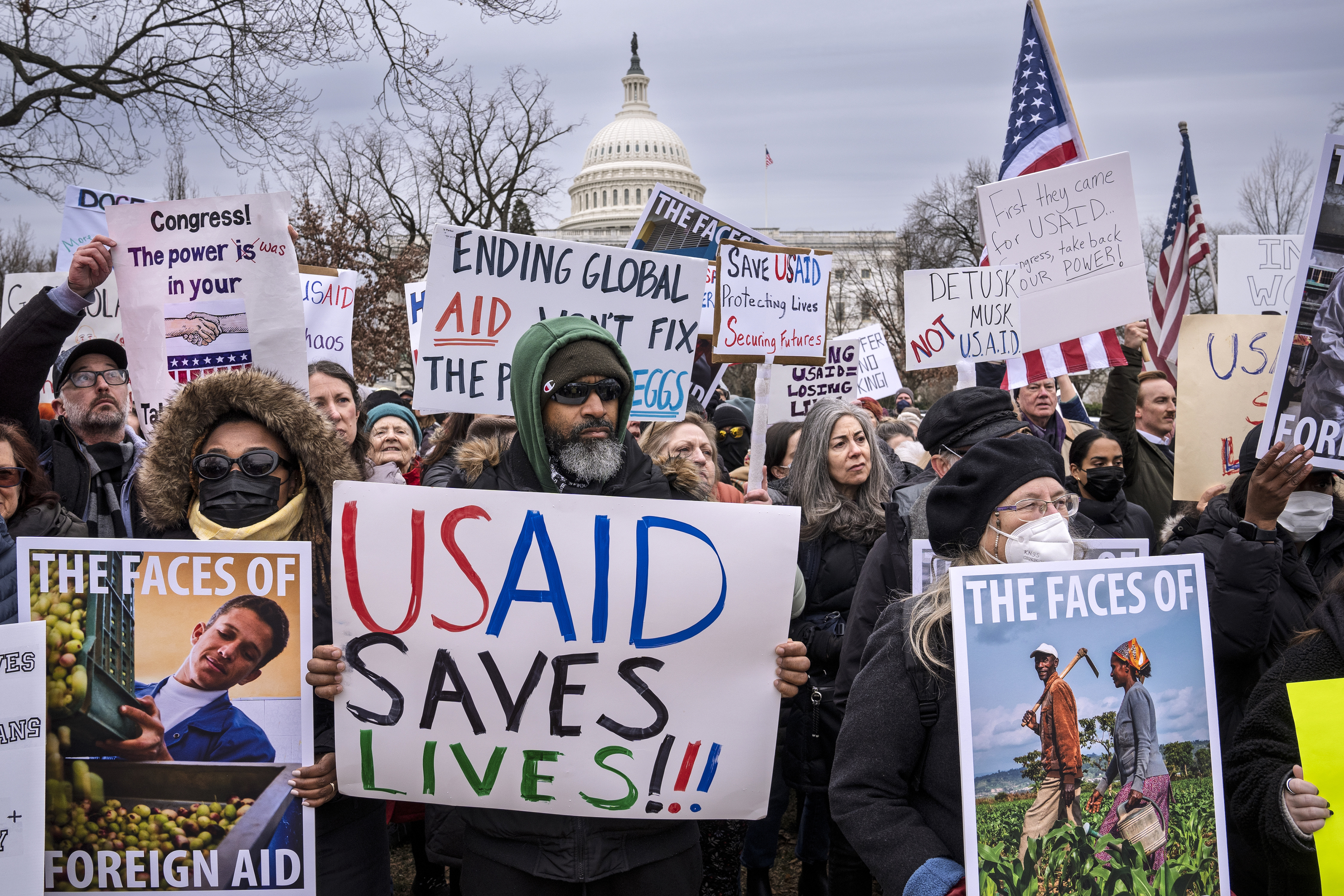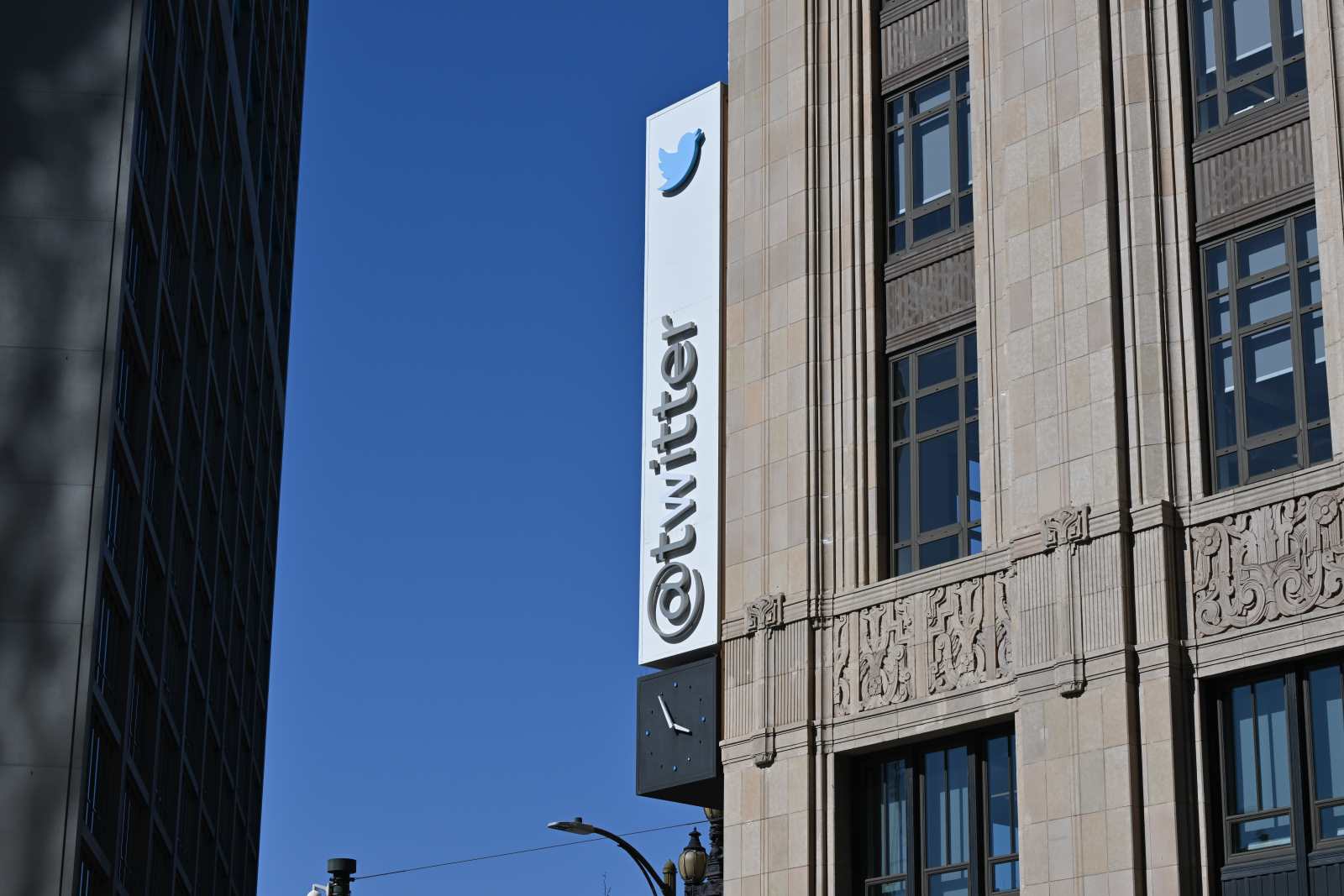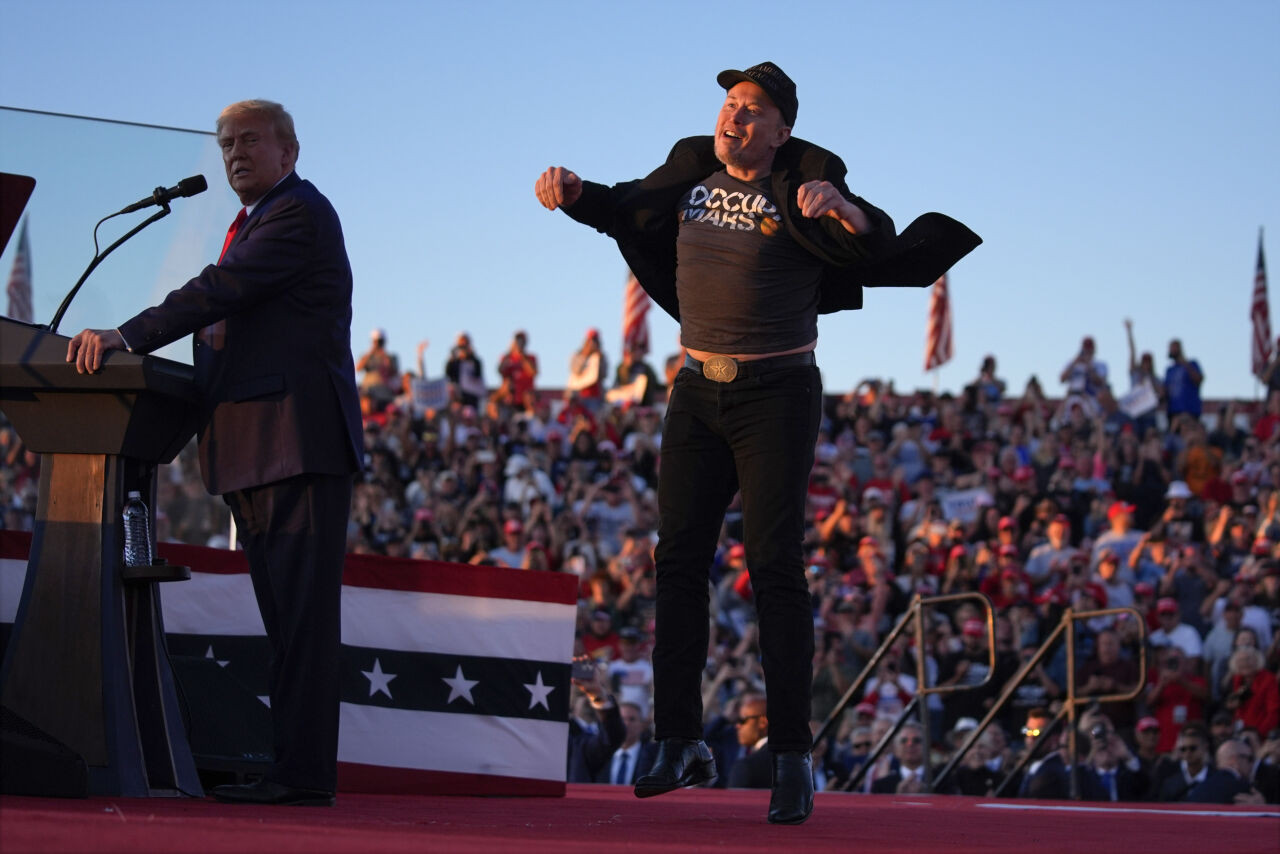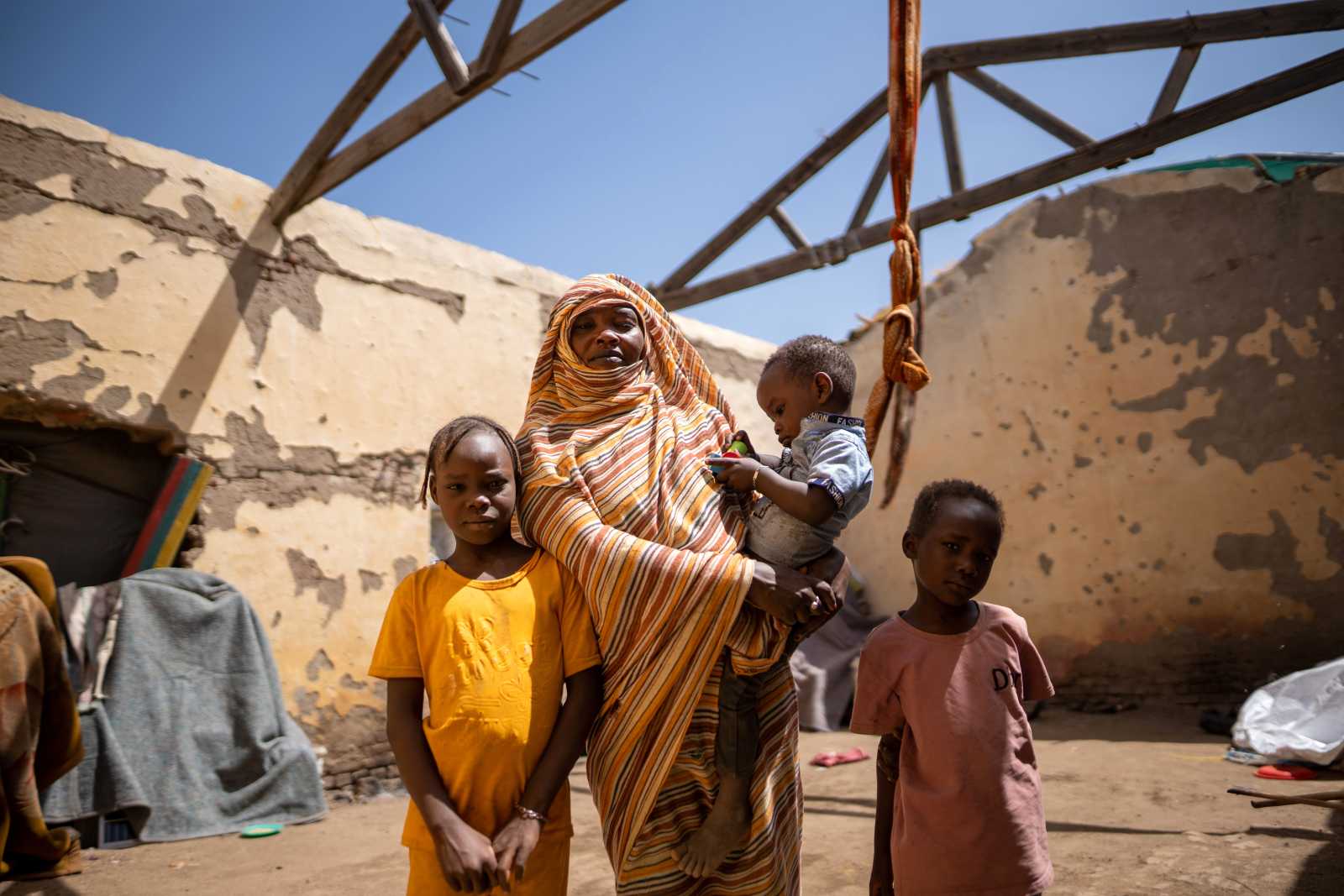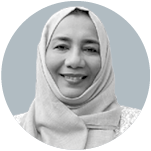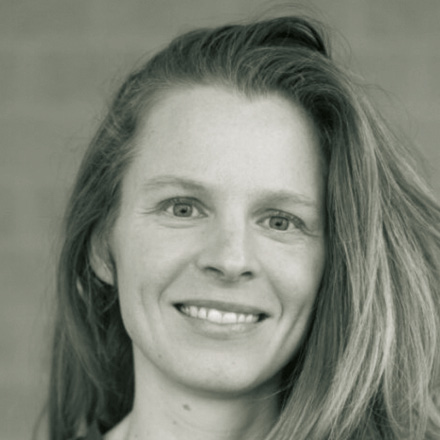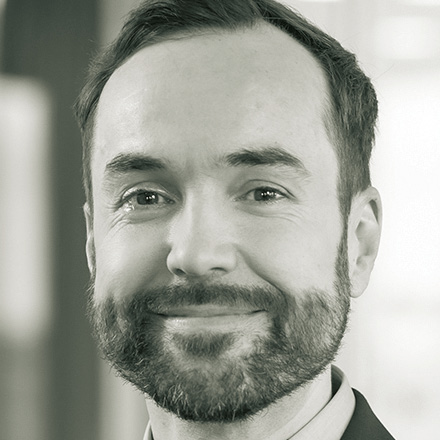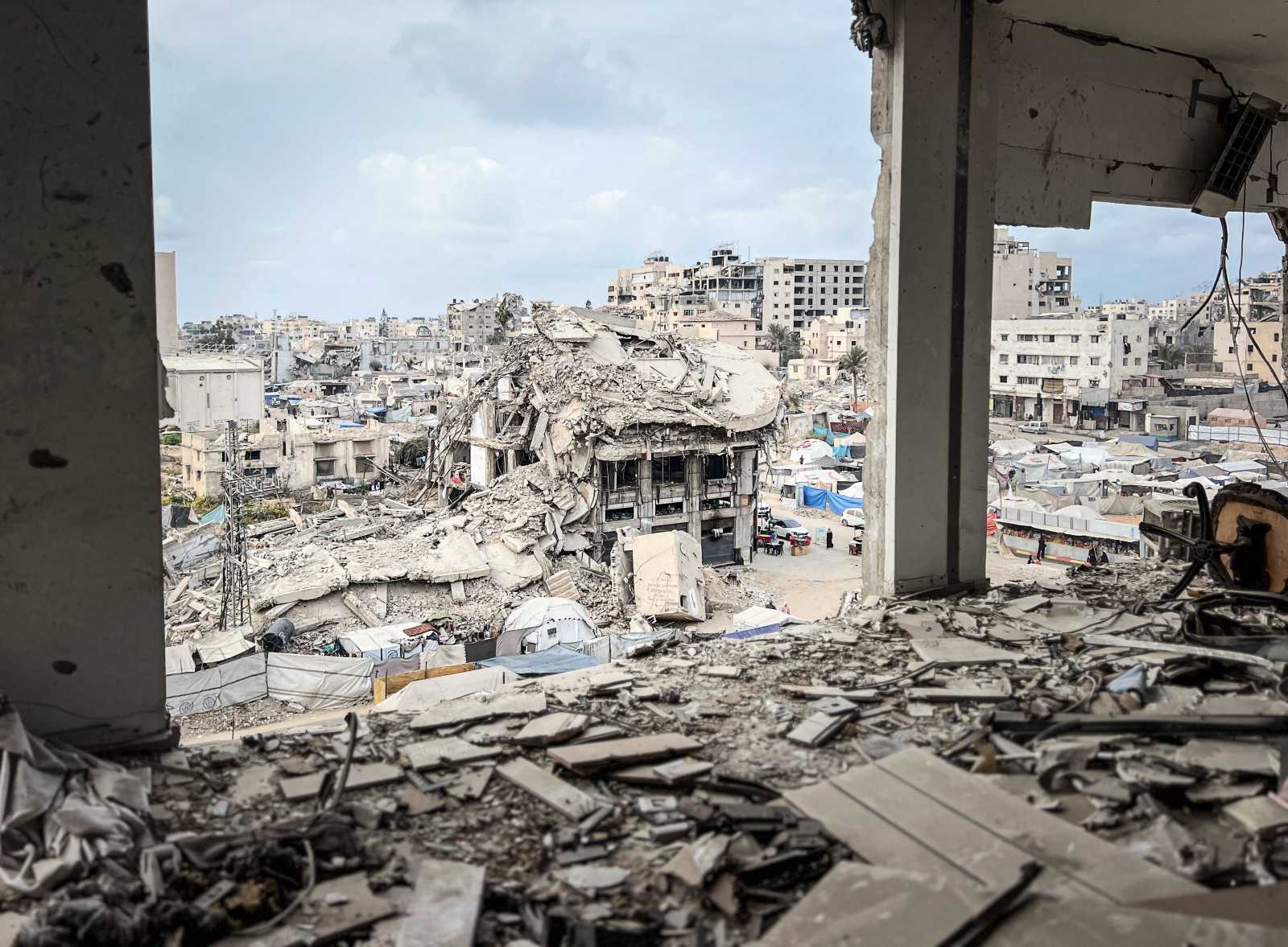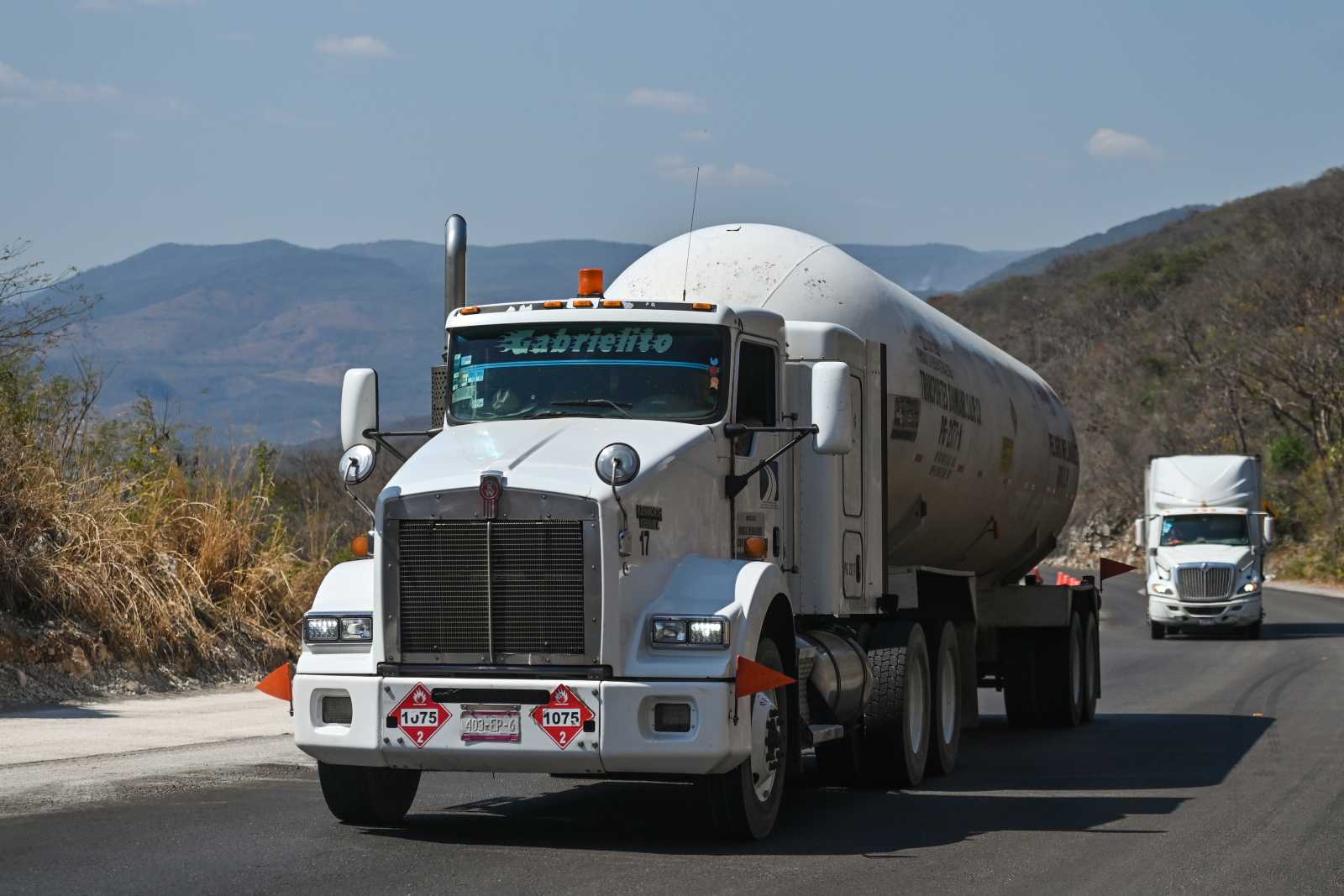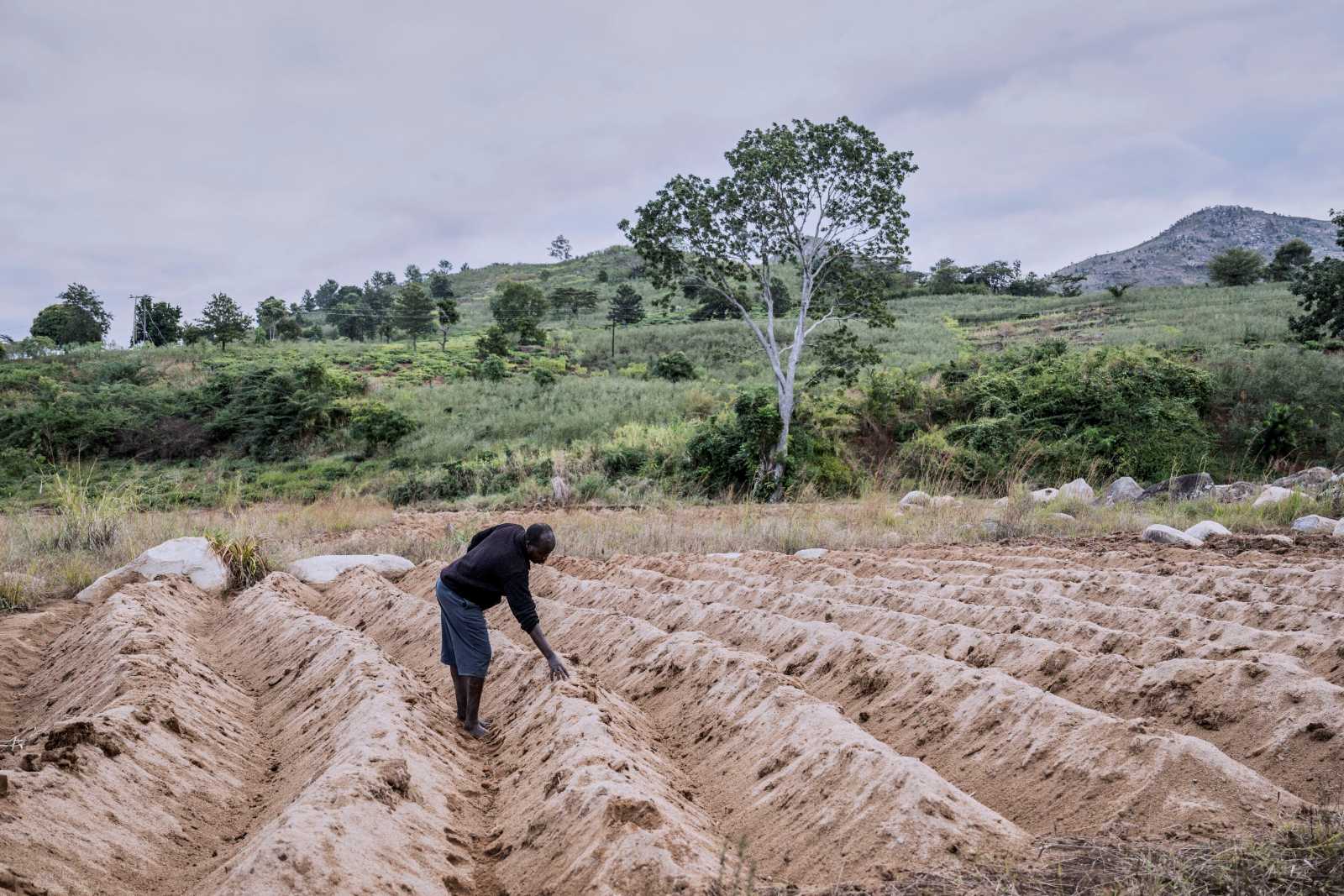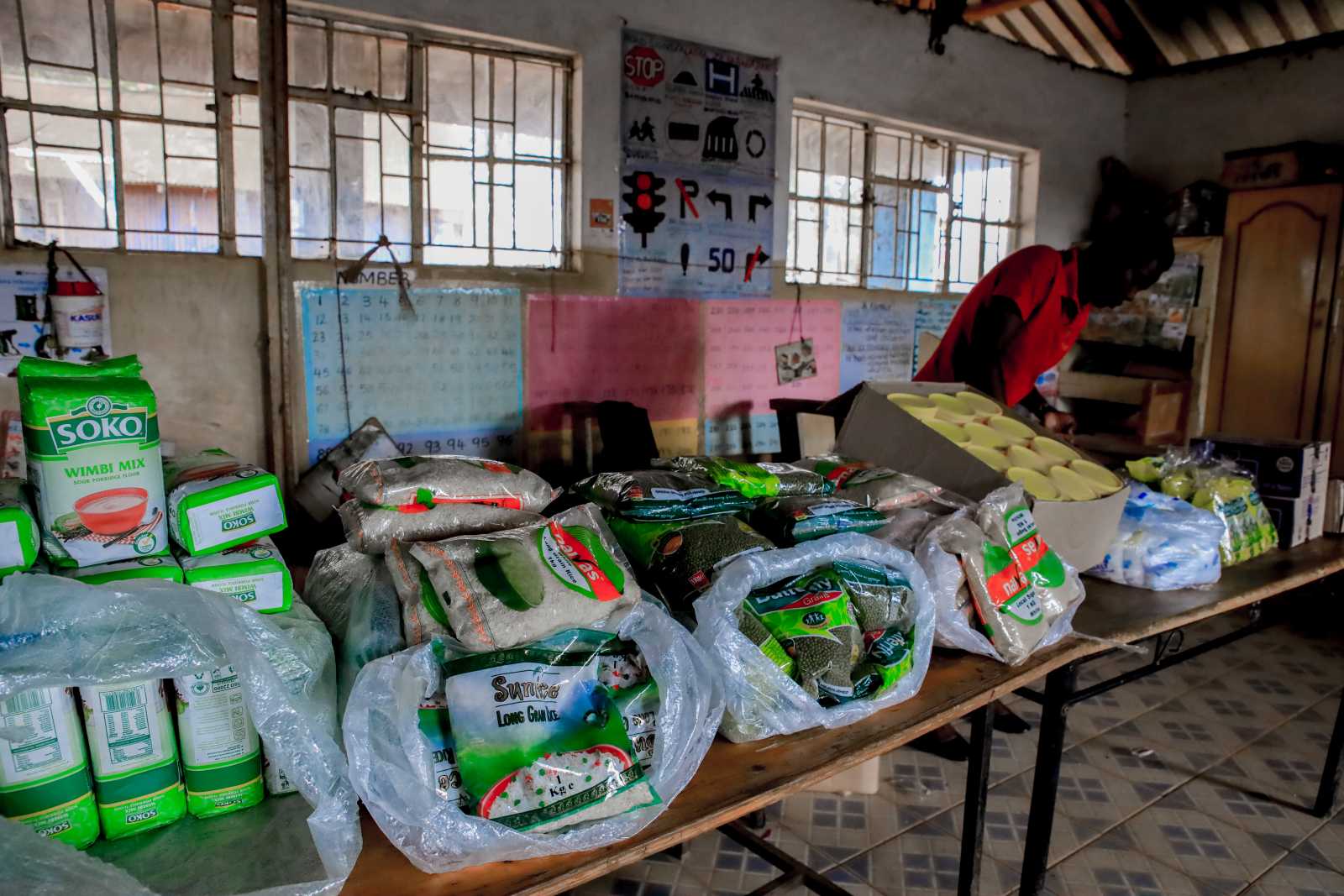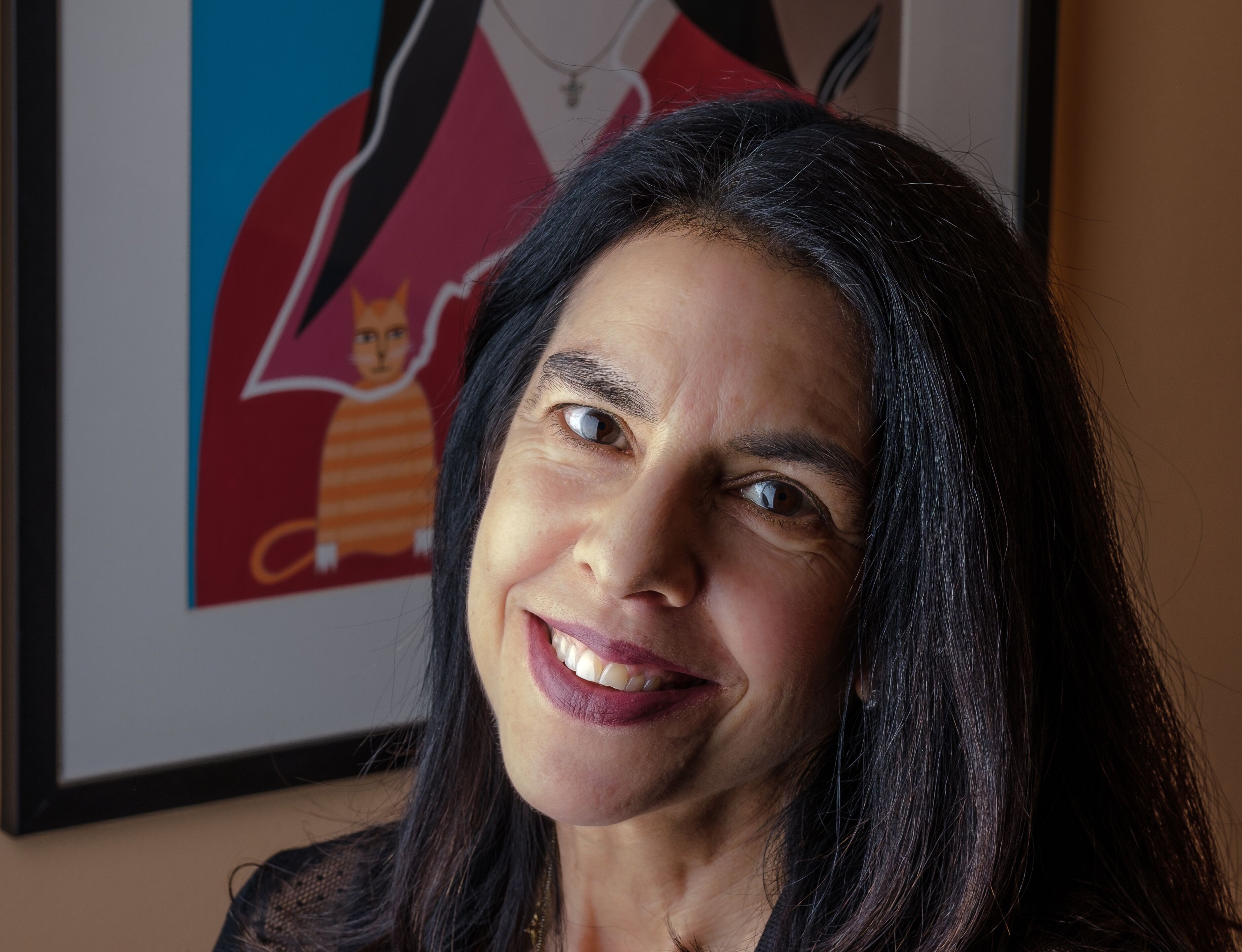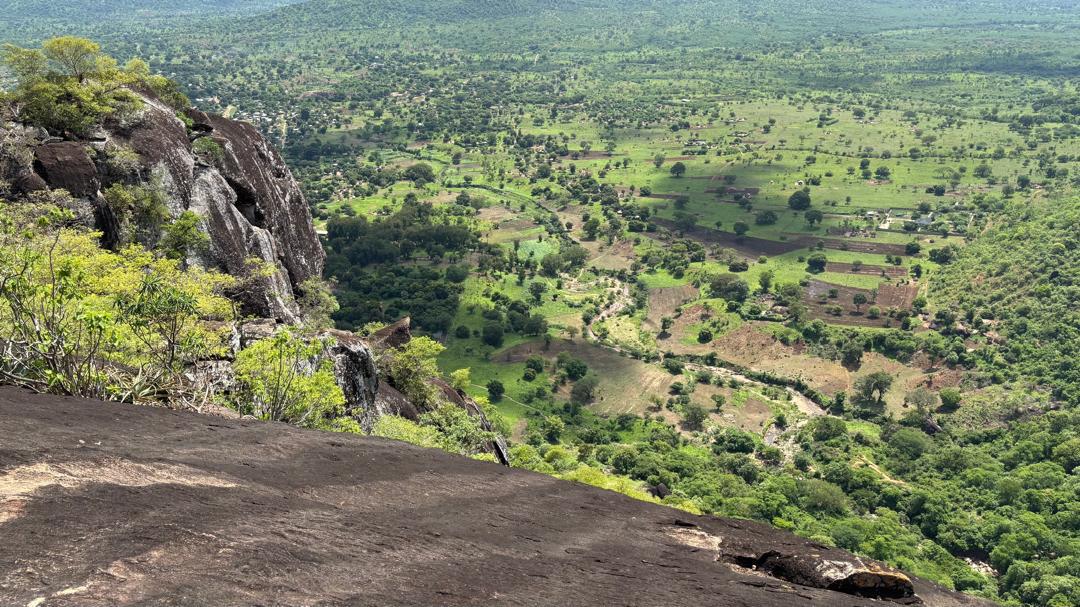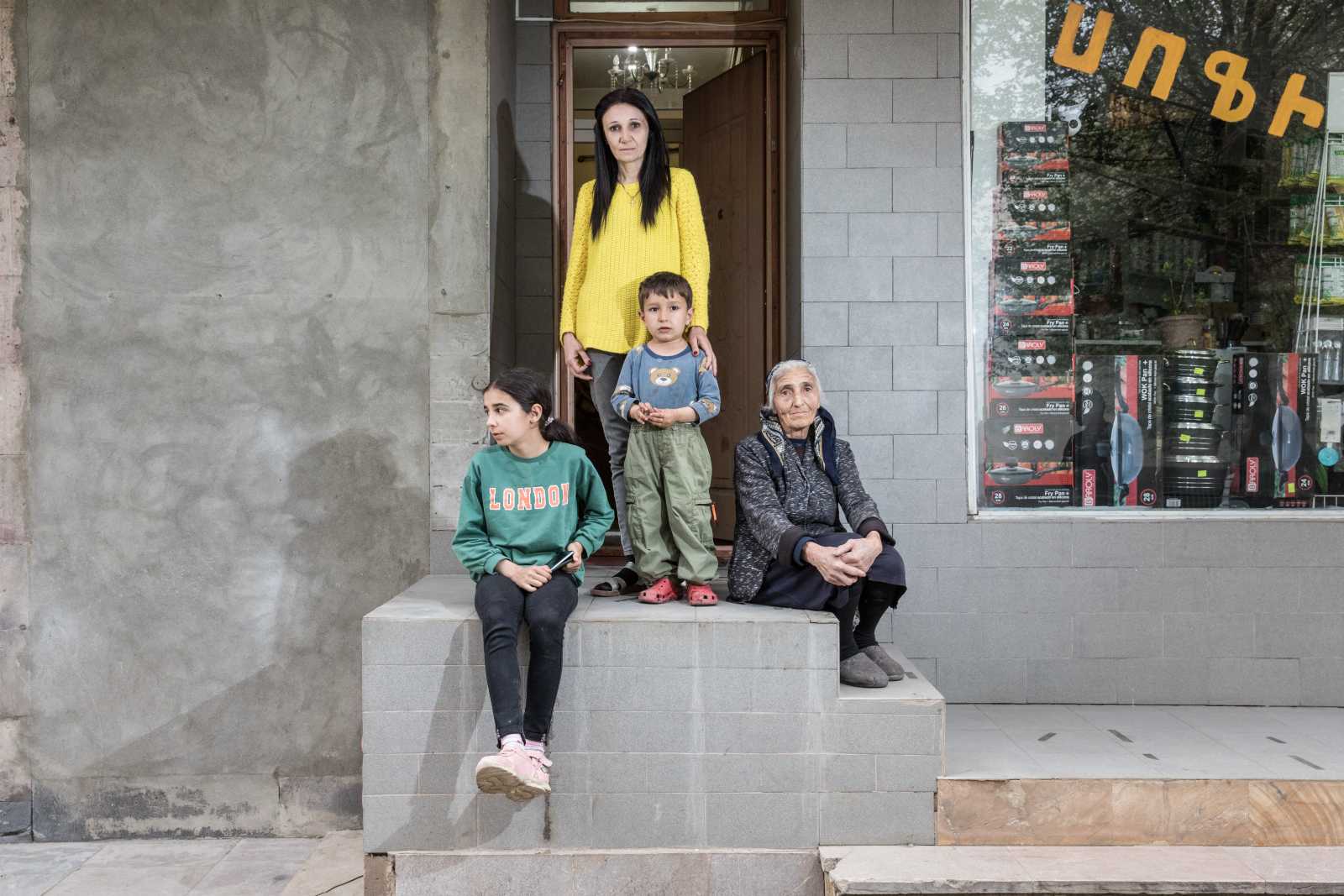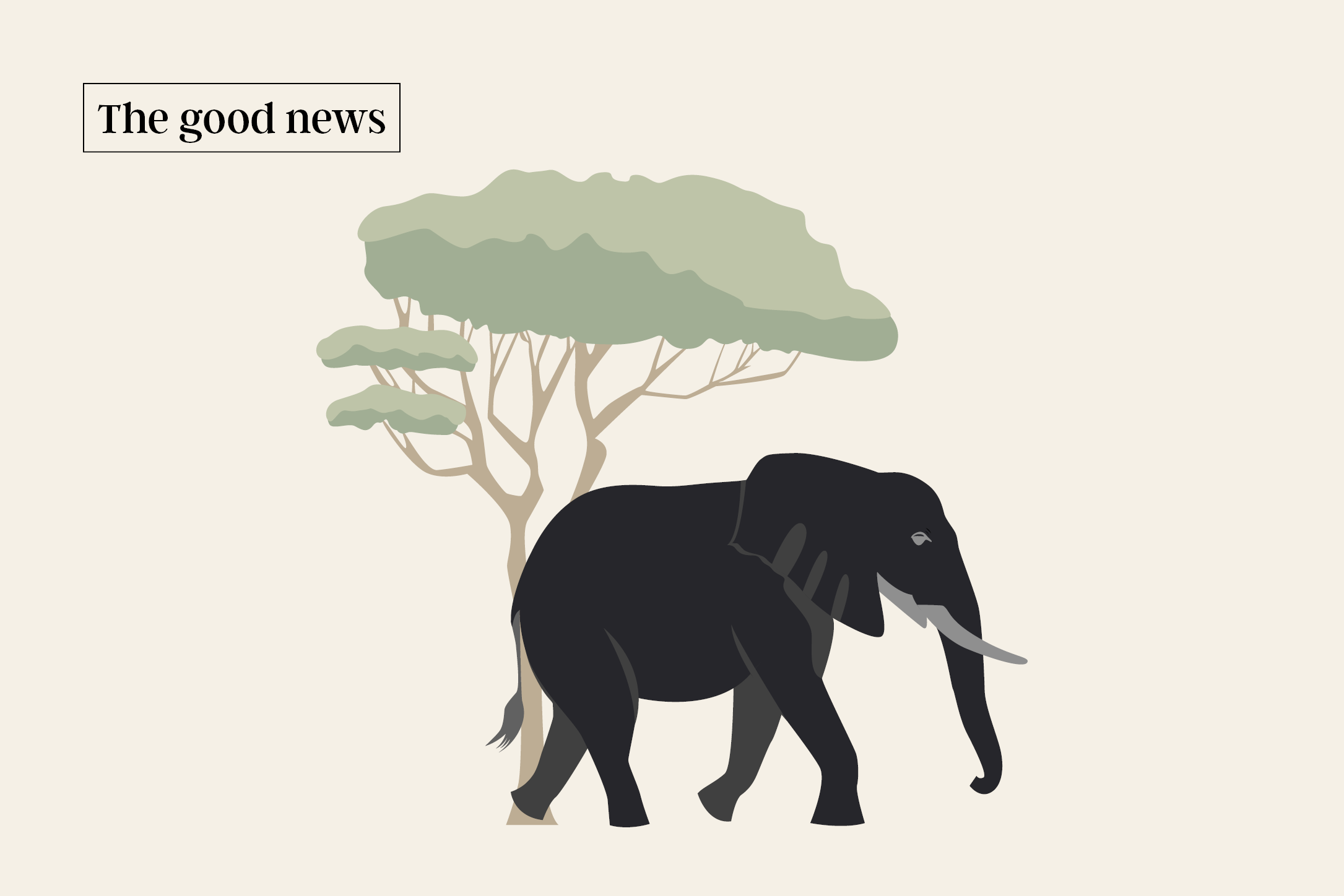Cartoons
“Challenge the history that our new-age pharaohs will try to write”

Khalid Albaih interviewed by Katharina Wilhelm Otieno
How do you see the role of political cartoons and satire in times of crisis, especially in the context of the ongoing war in Sudan?
Cartoons play a crucial role because they straddle different genres. From a journalist’s perspective, they are a form of art; from an artist’s perspective, they are a form of journalism. They also have the ability to reach diverse audiences – professors and children alike can interpret them in their own way.
In many ways, cartoons function as a diary. They capture my immediate response to events, creating a historical record of a given moment in time. So, we are actually a sort of chroniclers.
At the same time, looking back at cartoon archives can be disheartening, because you see that history does repeat itself. Many cartoons from World War I or World War II could just as easily be drawn today.
Do you see your work as a way of bringing hope or strength for resistance to people in crisis situations?
I don’t think the people living through a crisis necessarily need my message. The ones who need to see and understand what’s happening are those who are not in crisis. That’s who I speak to – I want them to relate to situations beyond their own reality, to understand our situation. Often, people see conflicts as distant, as something they have no control over. But in reality, they do have power. My work is meant to bridge that gap and make them see their connection to these events.
At the same time, my cartoons also serve as a mirror for those who share my perspective or experience. It’s about asking questions – challenging our own views in a simple way.
How does your work help to draw international attention to the situation in Sudan? Have you seen concrete examples of your work making a difference?
Yes, many times. I’ve been doing this since 2007 or 2008, and I regularly receive messages from people telling me how my work has affected them, opened their eyes, or made them see things differently.
Lately, I’ve been working more film work than cartoons. One example is “Bahar” (“Sea”), a seven-minute video installation about refugees crossing the Mediterranean. It’s composed entirely of real footage I found online. The installation creates an experience – it forces you to be in that journey. We’re not really used anymore to seeing a situation in a clip on social media for more than a few seconds before scrolling away. But here I put you in that situation, and you’re stuck there for seven minutes, alongside people who have lived through it. That experience moved many viewers.
I also did an exhibition in Doha called “Shahid”, which means “witness”. It started with the ongoing conflict in Palestine, but as someone from Sudan, I also wanted to highlight the lack of imagery coming out of my country. Sadly, people tend to disconnect from crises they don’t see. Both warring parties in Sudan view cameras as a threat and weapon. A friend of mine told me it was harder for him to walk around with a camera than with a gun.
What was your goal with “Shahid”?
With “Shahid”, I explore the paradox that, despite the vast amount of information and livestreams documenting the genocide in Gaza, many people still choose to look away. If such visible suffering is ignored, then the crisis in Sudan – where far fewer images emerge – goes even more unnoticed.
I wanted to turn the audience into witnesses. I wanted to push for accountability – not just in Gaza, but also in Sudan and beyond. Every life lost shouldn’t just be a statistic. Who was this person? What was their name? Who took their life? In both conflicts, mass death has been shrugged off, leading to genocide and one of the worst displacement crises.
Through these works, I try to create a sense of solidarity – connecting people who are both distant from and deeply affected by these tragedies. In the end, putting yourself in someone else’s shoes, even through art, is what can bring real change.
How do you balance humour with the seriousness of the issues you address?
When I first started out, I tried to get published in a newspaper because, in the 2010s, being published was the only way for a cartoonist to be taken seriously. I remember an editor once kicked me out of his office, saying my cartoons weren’t funny. He asked: “Where are the speech bubbles? How are people supposed to get this?”
I told him: “They’re not funny because the situation isn’t funny.” I’m not trying to be funny – I’m trying to reflect reality. If a cartoon turns out satirical, then so be it. If my emotions are darker, then the work takes on a darker tone. That’s why I chose to remain independent rather than work for a publication.
I don’t think in terms of balancing humour and seriousness. My work simply takes shape based on how I feel, and the medium allows that. My cartoons are a way to vent, to process events.
What roles do social media and the internet play for you and your work?
Social media is the reason we’re having this conversation right now. It gave me a space to work and made my art accessible, just as it has for many others. The internet brought our work to the forefront.
My work is shared under a Creative Commons license – it’s free to use and distribute. That reflects the early spirit of the internet: openness and sharing. I see the internet as a modern testament to human civilisation, much like the library of Alexandria or the ancient libraries of Mali.
For me, as someone from Sudan, where travel restrictions and visa rejections are common, the internet has been transformative. It allows me to connect with people across the world, to break out of the constraints imposed by borders. That kind of openness fosters curiosity – it lets us see beyond the boxes we’re placed in. This is what the internet was meant to do. And for a time, it did. It enabled the Arab Spring, but it also enabled Trump.
Now, however, we’re witnessing increasing misappropriation. Governments use the internet for propaganda, and billionaires shape online spaces to serve their political agendas. Still, there was a brief moment of real freedom – where social media and the internet allowed for true creative and intellectual expression.
How has this transformation of the internet affected you?
I mean, I used to call myself an internet artist because that’s where I existed – I had no newspaper column, no gallery exhibitions. I simply moved from one social media platform to another, trying to be present wherever I could.
But over time, the social aspect of social media faded. It used to feel like a public square, a place for real conversations. Now, it’s more of a broadcast – people talk, but no one really listens. Algorithms decide what gets seen and whose voice gets amplified. Our attention, along with our data, has become a commodity.
It’s a completely different internet now. Whoever controls it – whoever controls attention – controls the world. And Elon Musk is now who he is, right? But I believe that at some point, we and others who were part of the internet’s early, more open days will create something new – an internet that brings back that freedom.
In what ways has censorship affected your work?
What happened to the early internet also happened to me. We were chased out, censored, threatened. We had to leave, self-censor, carefully consider what we said and how we said it – until, eventually, we were just silenced.
That’s why I don’t really make cartoons anymore. I used to create one every day, but I realised they were going nowhere. They simply disappeared into the void, drowned out by algorithms designed to suppress certain voices. That’s why I shifted my focus to other projects. And, of course, I’ve had many cartoons removed by Meta.
But today, censorship often isn’t direct – it’s more subtle. Instead of being openly banned, you’re just ignored. Your reach is cut, your communication fades, and there’s always the underlying fear of being watched. And this isn’t just an issue in the global south. There’s a sort of orientalist assumption that censorship only happens in places like Iran or Syria. But look at what happened to cartoonists at The Washington Post, who resigned when their work criticising tech giants was rejected. Or how The New York Times ended daily political cartoons in its international edition back in 2019.
In one of your older cartoons, the words “We used our art to fight, now we need it to heal us” stand out. How does this reflect your own experience?
I was born in Romania, where my father was a diplomat. We moved back and forth to Sudan before eventually leaving for political reasons, ending up in Doha. When I started drawing cartoons, I couldn’t return to Sudan until the revolution in 2019 – and even then, I had to stay in hiding. Now, I’m in Norway, effectively in exile. But Sudan is my home, or at least, what’s left of it.
It’s extremely difficult to carry the weight of something that feels unsolvable. You’re just one person, a small part of a country and a system that’s supposed to function. But when the system fails, it’s isolating, frustrating. And a lot of people just want to live – to take their kids to school, to go about their day. After years under dictatorship or autocracy, you’re just tired.
Over the past decade and a half, I’ve realised that you can’t fight this battle alone. And, ultimately, you’re never going to win – because the forces we’re up against have money, surveillance, the power to make people disappear. That’s when I started to rethink my approach. Instead of fighting head-on, I asked myself: What can I do now that will make a difference in the future?
That’s why I focused on projects like the “Khartoon!” magazine. It’s not just about me – it’s a collective effort. We’re healing together, finding new spaces and ways to work. It’s about creating a safe place where artists can express themselves without fear. Because without a space to create and speak, how can we even begin to heal? Then again, the act of resistance itself is also a form of healing.
The world isn’t moving in a better direction – freedom of speech is under threat, violence is escalating in many places. What motivates you to keep creating despite the risks and challenges?
What motivates me is the sense that we still have an opportunity. History doesn’t remember the art created in times of peace – it’s the art born out of struggle that stands out. When everything is fine, of course people create beautiful things. But now is the time to be truly creative, to find ways to ensure history records that even in the darkest times, people still stood up.
Sadly, history is often written by the victorious. If we stop now, everything we’ve worked for could be erased. I always think about the pyramids – how grand they are, how they symbolise power. People remember the pharaohs. But those rulers enslaved and killed countless people. They are still seen as kings, but what about those who built the pyramids? What about those who resisted?
They don’t have monuments. The camera was never on them. But those who truly study history know them, because they left their mark in some way. As artists, that’s our role – to create an alternative narrative, to challenge the version of history that our new-age pharaohs will try to write. Now is the time to make sure our voices are part of that story.
Khalid Albaih is a Sudanese political cartoonist, civil rights activist and freelance journalist.
euz.editor@dandc.eu
